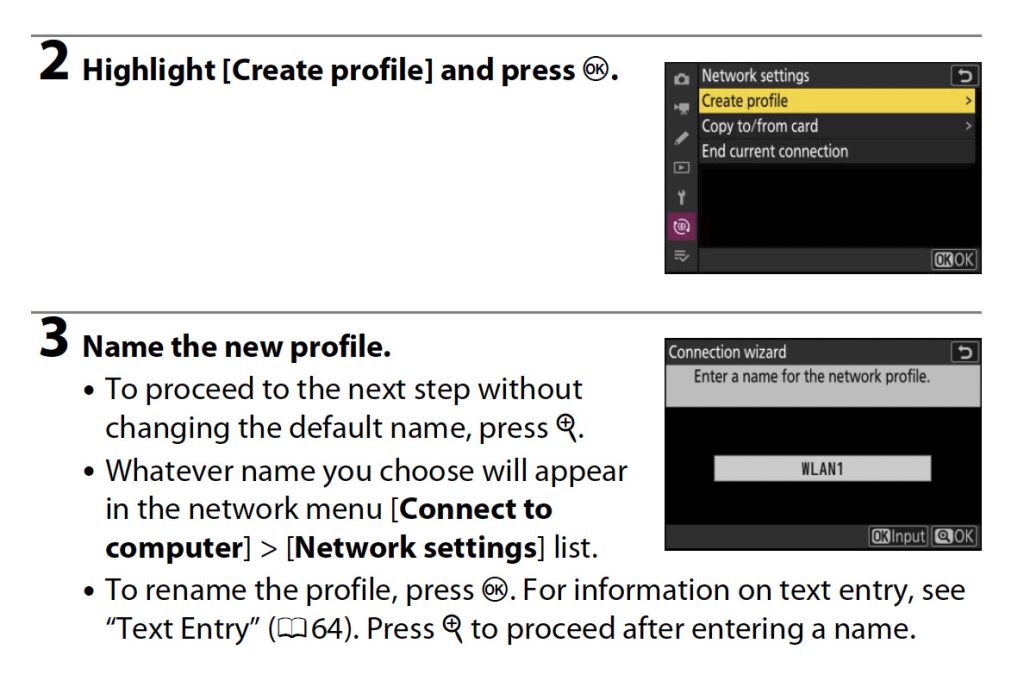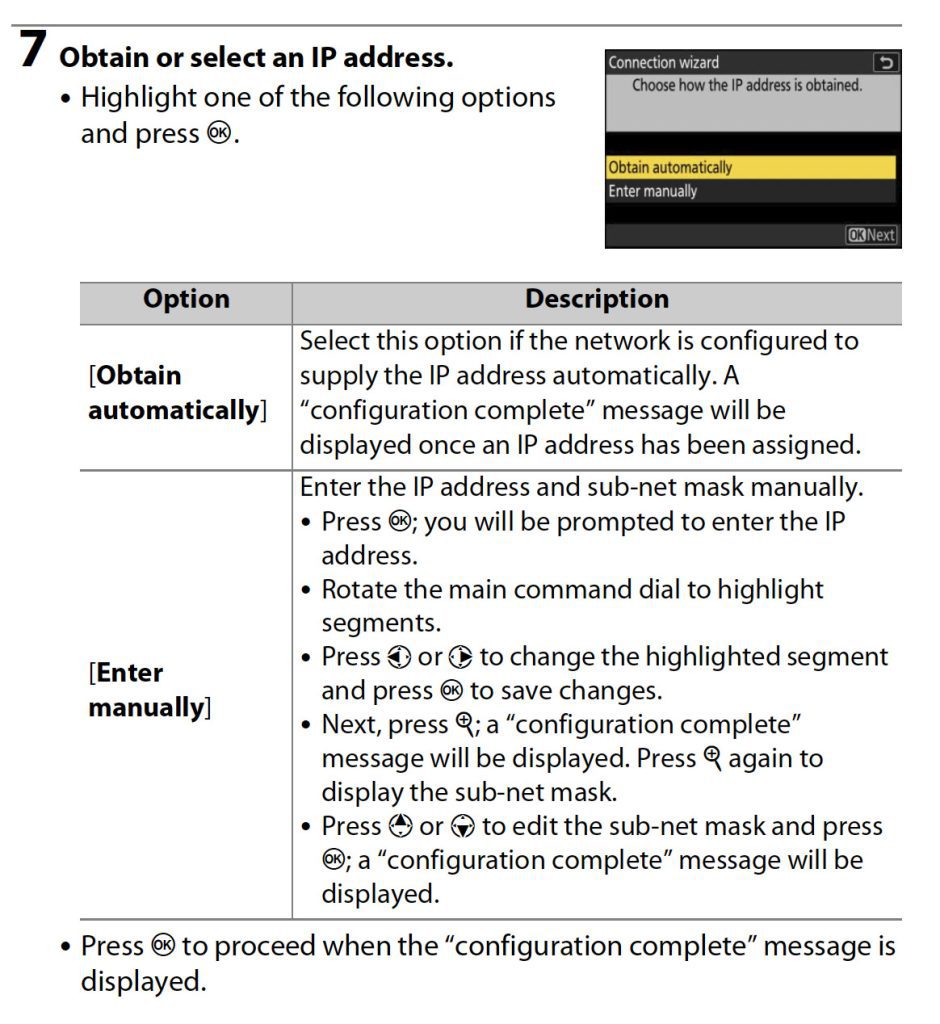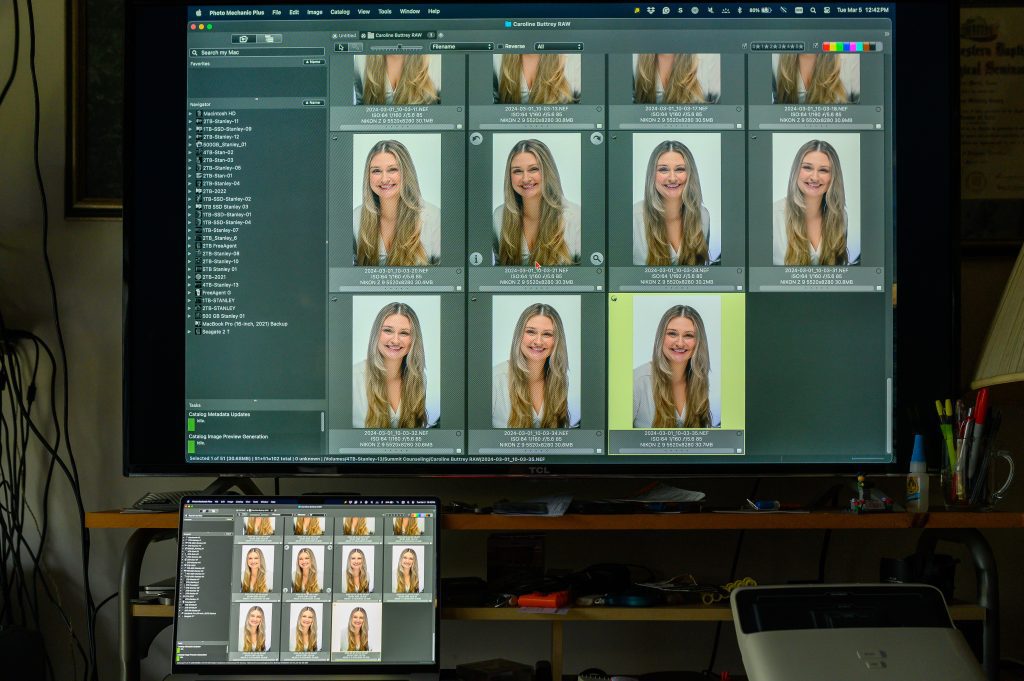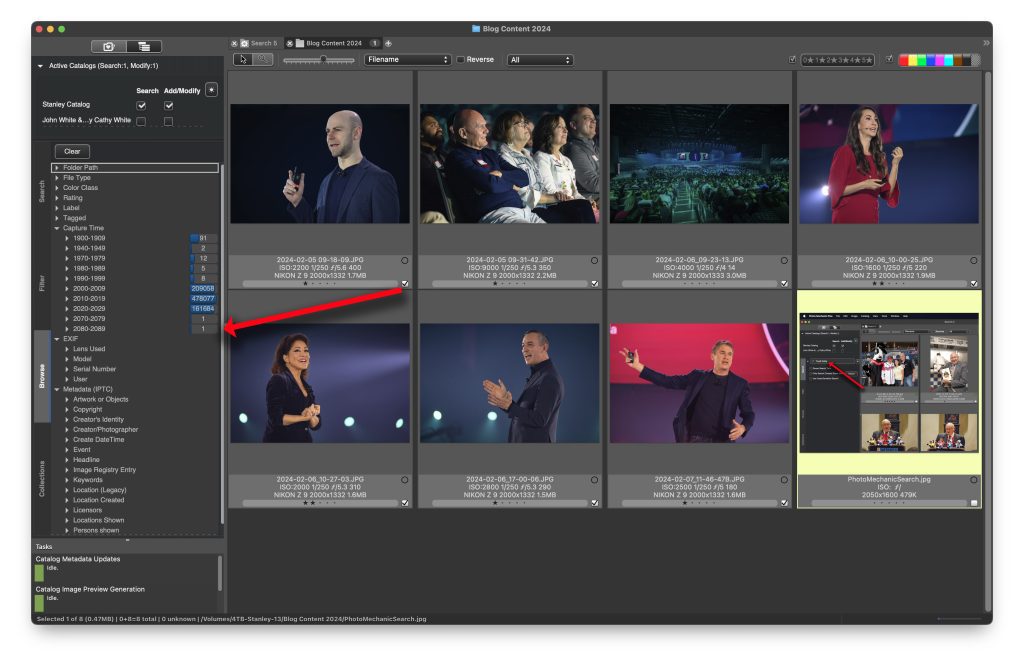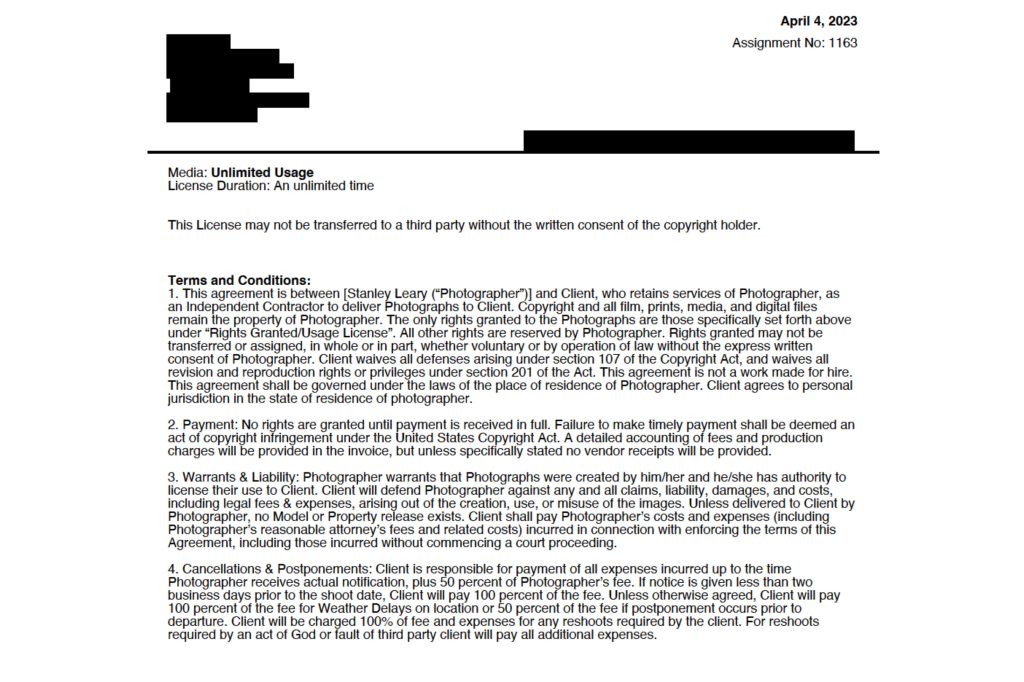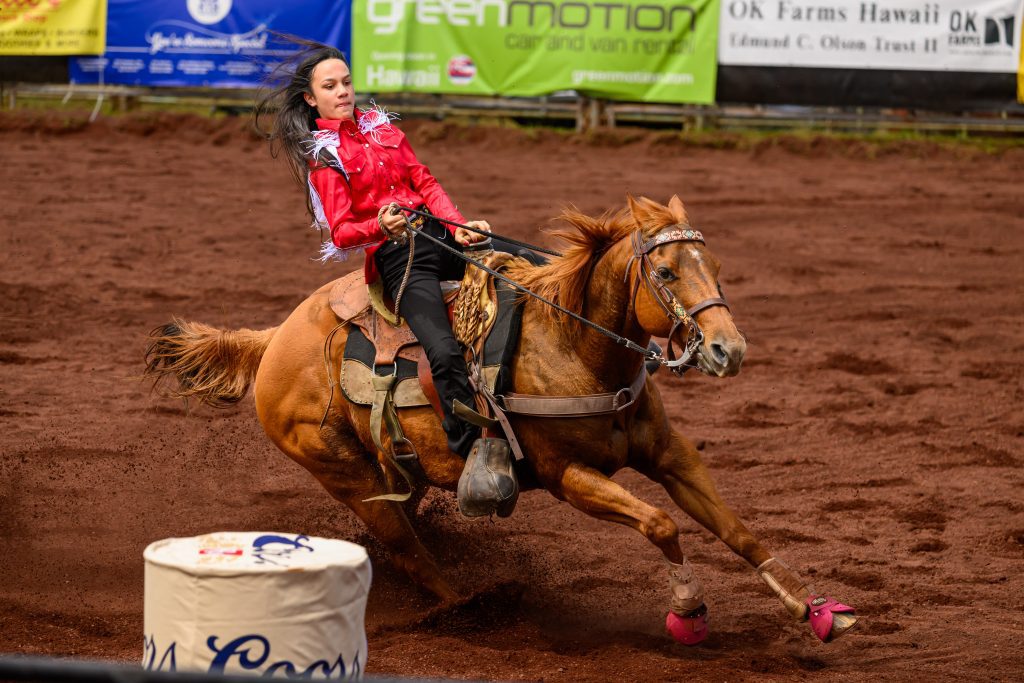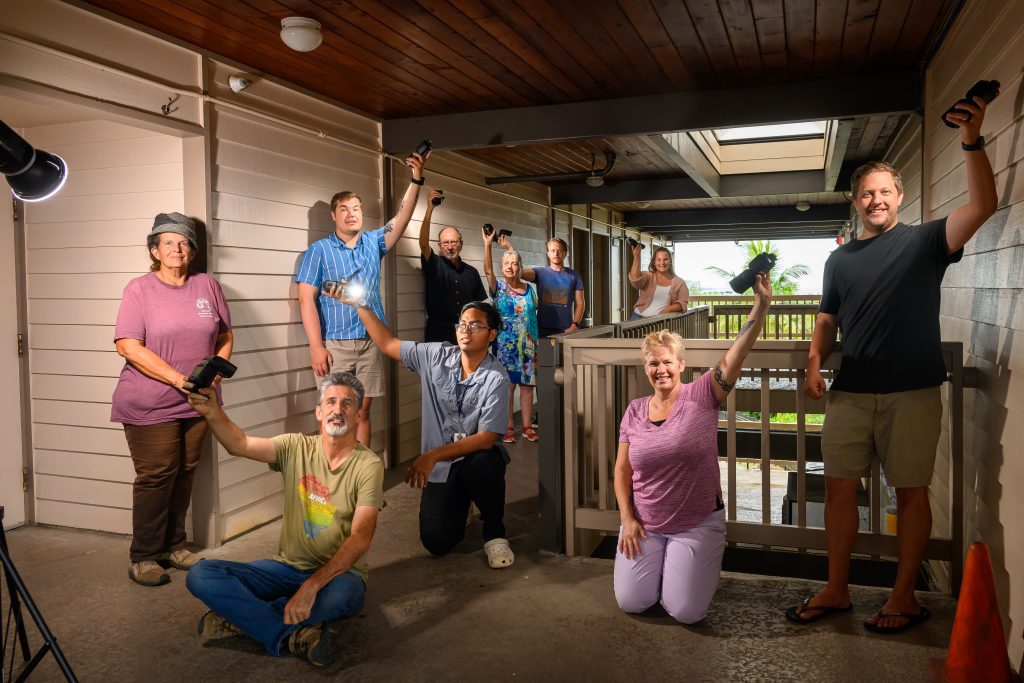As I reflect on my forty-year career as a photographer, I can’t help but acknowledge the myriad of mistakes I made along the way. Despite spending seventeen years as a staff photographer for various newspapers, magazines, nonprofits, and colleges, some of these errors persisted even while I juggled freelance work. Transitioning into full-time photography was a dream come true but came with challenges. Here are the seven most significant mistakes I made when I started:
- Underestimating the Business Side: Like many photographers, I was enamored with the artistry of the craft and often neglected the business aspects. I failed to recognize the importance of marketing, financial planning, and client management, ultimately hindering my growth.
- Lack of Financial Planning: Despite having a steady income from my staff positions, I needed to establish a solid financial plan when venturing into freelance work. I struggled setting appropriate pricing, budgeting for expenses, and managing cash flow effectively.
- Ignoring Marketing and Networking: I relied heavily on word-of-mouth referrals and social media, neglecting the importance of actively networking and marketing my services. This limited my visibility and growth potential in the industry.
- Not Diversifying Income Streams: While my staff positions provided a steady income, I needed to diversify my revenue streams through avenues like stock photography, workshops, or selling prints. This left me vulnerable to income fluctuations.
- Neglecting Legal and Contractual Aspects: I should have prioritized having clear contracts, copyright protection, or liability insurance, leaving myself vulnerable to legal issues and client disputes.
- Overlooking Client Relationships: While I focused on delivering quality work, I often neglected the importance of nurturing client relationships. Building long-term connections and ensuring client satisfaction are crucial for sustained success in the industry.
- Unrealistic Expectations: I harbored overly optimistic expectations about income, workload, and the time required to establish myself in the industry. This led to frustration and disappointment when reality didn’t align with my expectations.
Reflecting on these mistakes, I realize each was a valuable lesson that contributed to my photography growth. While it’s natural to stumble along the way, acknowledging and learning from our mistakes is critical to evolving and thriving in any career, especially one as dynamic and competitive as photography.
Things I Did Right
Strength: Financial Discipline
As a dedicated photographer, my passion for the craft often tempted me to invest in the latest equipment. However, I leveraged my innate penny-pinching tendencies to my advantage. I recognized the importance of fiscal responsibility and consciously decided to purchase gear only when I had cash. Refusing to succumb to the allure of credit card debt, I ensured that my financial decisions aligned with my long-term goals, allowing me to build a sustainable business without unnecessary financial strain.
Strength: Exceptional Time Management
One of my greatest photography industry strengths was my ability to book and manage multiple projects simultaneously. Rather than succumbing to overwhelm, I thrived in high-pressure environments by meticulously considering my workload and personal capacity. By prioritizing tasks and allocating my time, I could meet deadlines consistently and deliver quality work to my clients. This skill enhanced my reputation and laid the foundation for long-term success in the competitive field of photography.
Strength: Commitment to Continued Learning
In recognizing the dynamic nature of the photography industry, I understood the importance of continual education and skill development. Instead of resting on my laurels, I embraced a mindset of lifelong learning, investing in workshops, seminars, and courses to stay abreast of emerging trends and technologies. This proactive approach fueled my creativity and ensured that I remained competitive in an ever-evolving landscape. By prioritizing ongoing education, I positioned myself as a forward-thinking professional, capable of adapting to the changing demands of the industry and maintaining a distinct edge over my competitors.






